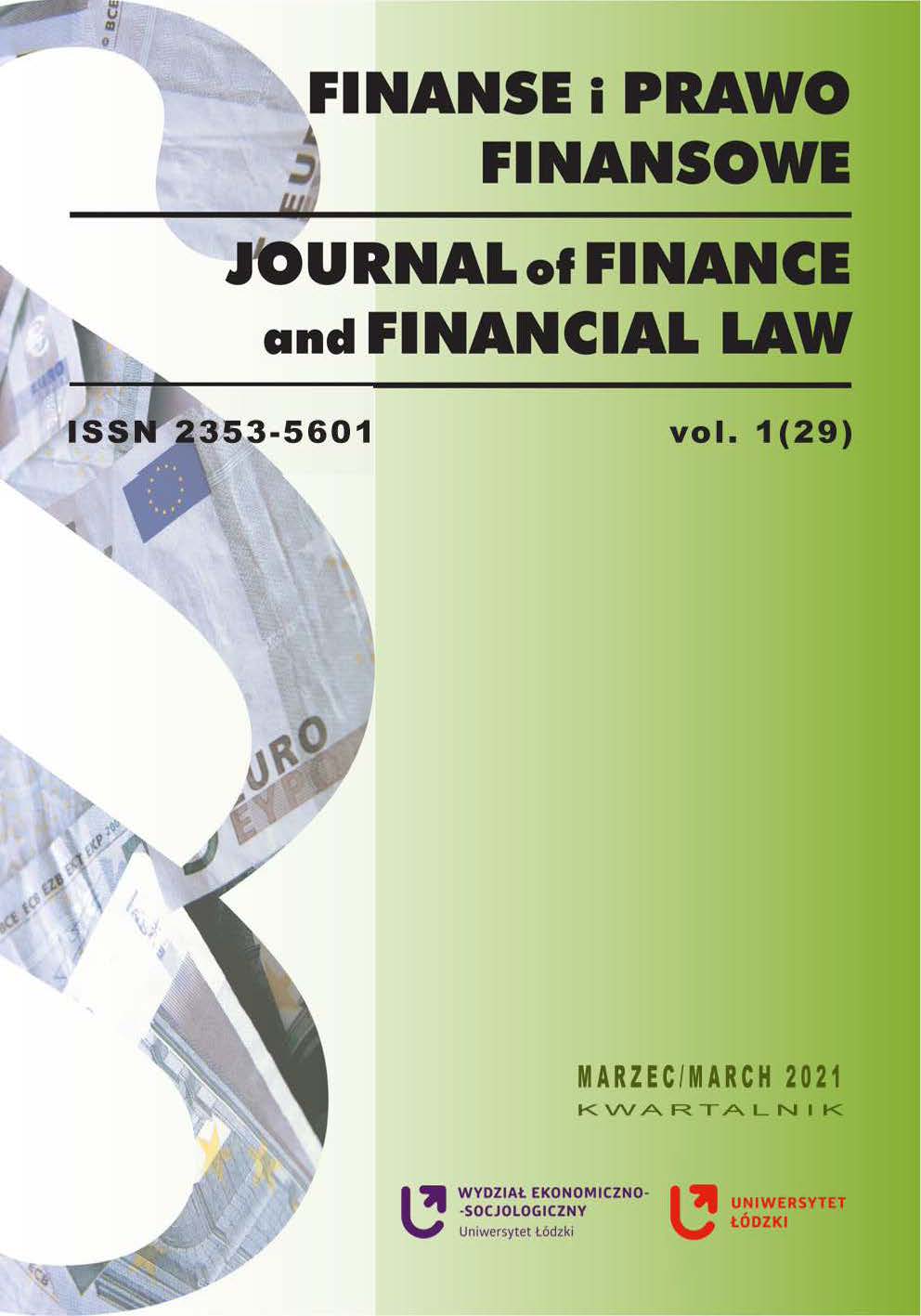Empirical Verification of the Occurrence of Lucas Paradox in the Region of Central – Eastern Europe
Empirical Verification of the Occurrence of Lucas Paradox in the Region of Central – Eastern Europe
Author(s): Agata Maria GórniakSubject(s): Economy
Published by: Wydawnictwo Uniwersytetu Łódzkiego
Keywords: International Economics; International Capital Flows; International Investment; Long-Term Capital Movements; Foreign Direct Investment
Summary/Abstract: The purpose of this article is to study the occurrence of the Lucas paradox in the region of Central-Eastern Europe. According to the research conducted by Robert Lucas (1990), the direction of the international capital flows is different than the neoclassical theory suggests. The capital does not flow from the richer, high-income economies to the poorer, but rather stays in those with the higher capital resources or flows to the other ones with similar level of GDP. The paper verifies whether the paradox appears in the region, in the way that it examines the impact of the GDP on the FDI inflows. Additionally, the study implements few basic models with factors that may potentially resolve the puzzle of the capital flows. The study method is based on panel data estimations, initially using pooled OLS, and subsequently using fixed or random effects models as appropriate. The examined economies are the member states of the European Union, from the region of Central-Eastern Europe, and the examined years are 2000-2018. Based on the literature, and the widely emphasized need for differentiating between the types of international capital flows, the article focus is on the foreign direct investment only, as they constitute large part of the whole global capital flows. Results of the research confirm the presence of the paradox in the region in the examined period. Even though the estimation of the additional models helps to remove the effects of the paradox for the region, it does not fully explain under which circumstances the neoclassical theory would be applicable. None of the applied models reverses the sign of the GDP variable to negative, keeping it statistically significant at the same time.
Journal: Finanse i Prawo Finansowe
- Issue Year: 1/2021
- Issue No: 29
- Page Range: 7-17
- Page Count: 11
- Language: English

